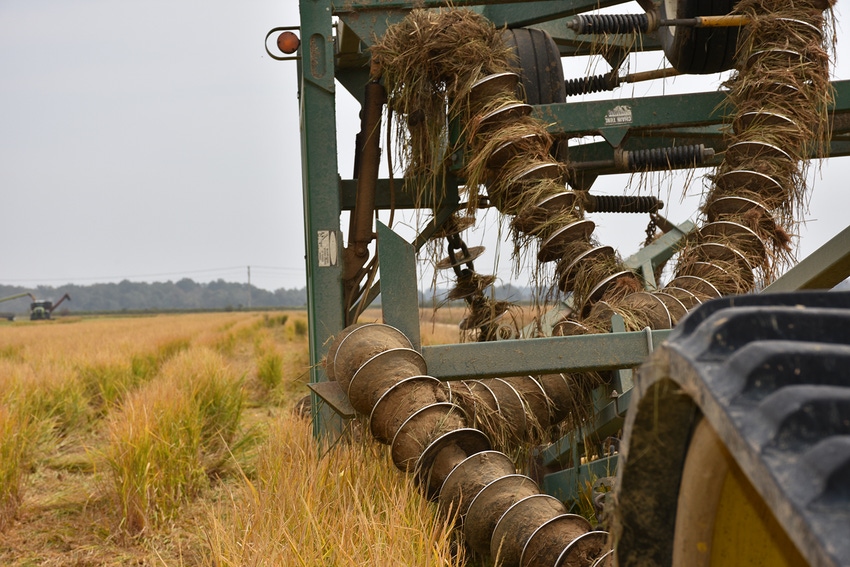
A couple weeks ago I listened to parts of several USA Rice Outlook and Research Reports for states in the Midsouth. The industry is thriving and vital to the bottom line of many producers in our region.
Over the past several years I've gained a new appreciation for rice and its production. It wasn't until about five years ago that I took my first steps in a rice field outside of Dundee, Miss.
Having spent my entire life in the cotton industry, rice seemed like the antithesis of the farming process for cotton. I spent a lifetime moving water through and off of cotton instead of flooding the field and maintaining a water level on the crop.
When it came to rice, I had my blinders on. I had long understood that rice is a staple in many cultures. It is a cheap, available food source that is easy to grow in wet climes.
But that was it, I knew a lot about consuming rice, but very little about its production.
At the onset of the biotech revolution, I was interested in the development of golden rice, which uses genetic engineering to biosynthesize beta-carotene as a precursor of vitamin A – a potential lifesaver for underdeveloped countries. Its development paralleled that of other GMO crops. The first field trials for golden rice were conducted here in the Midsouth at Louisiana State University.
Later I learned that Arkansas is the largest producer of rice in the U.S. The state grows approximately 1.2 million acres of rice annually.
They should be proud that over the past 20 years, rice farmers in the state have decreased land use by 35%, energy use by 38% and water use by 53%.
As my appreciation of rice production has grown over the years I've spoken to rice growers and researchers who are actively seeking to improve their crop and love growing it.
Very few producers farm exactly the same way. Some growers farm rice in rows that use less water than flooded varieties, zero-grade leveling allows for larger more uniform fields for flooded rice and other growers find that traditional levees work best for them in their operation. There's no one way to grow rice given the diversity of the rice growing environment and the farmers who produce it.
The Nature Conservancy is helping administer grants from Kellogg's, the cereal company, for timers that help cut back on time and energy on the farm.
Several growers I've spoken to have mentioned how proud they are to provide habitat for waterfowl on their land. TNC notes that the flooded fields not only provide a stopover for the birds but the soil is enriched and less runoff means less soil loss.
I'm glad to have the opportunity to visit and learn about rice production here in the Midsouth. It's another reason to be proud our ag industry.
About the Author(s)
You May Also Like






